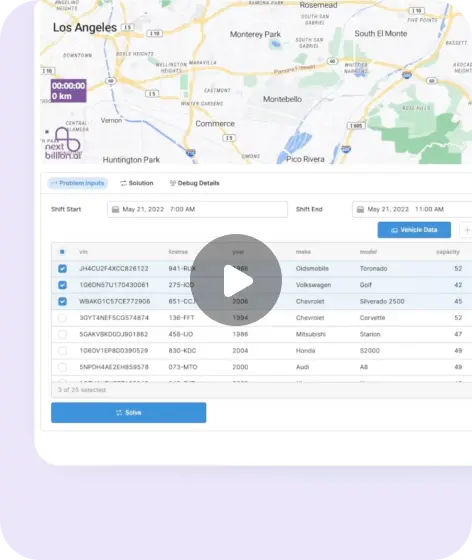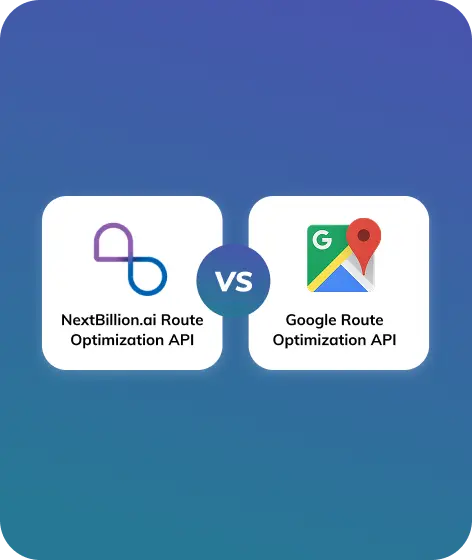Table of Contents
What is Machine Learning?
Machine learning is defined as the division of artificial intelligence that grants machines the ability to learn from data and make predictions with minimal human interaction. It is all about the algorithms that use computational methods to directly learn from data, gain experience, and improve decision-making ability. Machine learning is not a new technology, this term was first introduced in 1959.
In recent years, it has become popular due to an increase in datasets as well as the computing capabilities of the system. There are three building blocks of machine learning algorithms namely, Representation, Evaluation, and Optimization. The objective of machine learning is to provide machines with the ability to make decisions on par with humans.
How does Machine learning work?
The machine learning process begins with collecting data. Data is the backbone of machine learning. Higher the quality of training data a machine learning model receives, greater will be its decision making accuracy. A suitable model is chosen and trained with a data set; this process continues until the correct response is received from the model. This process helps algorithms learn the data and predict the precise output based on the given input data.
Types of Machine Learning
Based on the learning system and data available, it can be broadly categorized into three types:
- Supervised learning: Supervised learning uses the labeled training data. In this type of learning, output is known. The model is trained on a data set of known outputs. Frequently used supervised learning algorithms are Linear regression, K-nearest neighbors, Decision trees, etc.
- Unsupervised learning: Unsupervised learning, on the other hand, uses unlabeled training data. In this type of learning, the output is not known. The model learns from the data. Unsupervised learning is more adequate at pattern matching. Frequently used unsupervised learning algorithms are K-means clustering, Fuzzy means, etc.
- Reinforcement learning: In Reinforcement learning, the model undergoes a feedback loop until its performance is increased. The model receives positive reinforcement when it performs well and negative feedback when its performance is poor. Reinforcement learning focuses on learning from trial and error.
Advantages of Machine Learning
Machine learning has made a significant impact on various domains and opened a door to innovation. There are endless advantages of machine learning, for example:
- Improved Accuracy: Machine learning algorithms can easily extract meaningful information from large datasets with high accuracy and precision.
- Scalability: These algorithms are scalable; they can be scaled up to handle large datasets. Thus, organizations with large-scale applications use machine learning algorithms to gain insights from their huge data sources.
- Cost-Effective: Machine learning algorithms require fewer resources to operate but provide accurate results. So it reduces the labor costs for organizations.
- Increased Efficiency: Machine learning algorithms require fewer resources, reduce the time required, and provide accurate results. It improves the overall efficiency of an organization.
Disadvantages of Machine Learning
Let’s discuss the disadvantages of machine learning:
- Data Dependency: These algorithms are highly dependent on large datasets. If data is not processed properly, then it will impact the result of the model.
- Privacy and Security: The algorithms can also extract private and sensitive information from datasets; hence privacy risks are associated with them.
- Time Consumption: Training a machine learning algorithm is a time-consuming task. Depending on the dataset and the complexity of the problem, it can take several days.
- Bias Potential: A machine learning model trained with a biased dataset will provide biased results, hence raising questions about the authenticity of the model.
As discussed, machine learning has become a crucial part of our society. It is automating every domain and opening new doors of innovation. Be it Healthcare, Finance, or Transportation, it is making work easier, more efficient, and more accurate. Machine learning can have unlimited possibilities if used wisely.
We know that every business is different and we care about your unique needs.
With NextBillion.ai's Map API you get- Large Distance Matrix API with a Matrix size upto than 5000*5000
- Optimal routes with accurate ETAs
- Flexible navigation SDK that's easy to integrate and ready to use for developers
- Quick and accurate location data
- Track and trace routes taken along with other map attributes
- Create custom tiles for your interactive maps. Personalized to fit your brand aesthetic.




